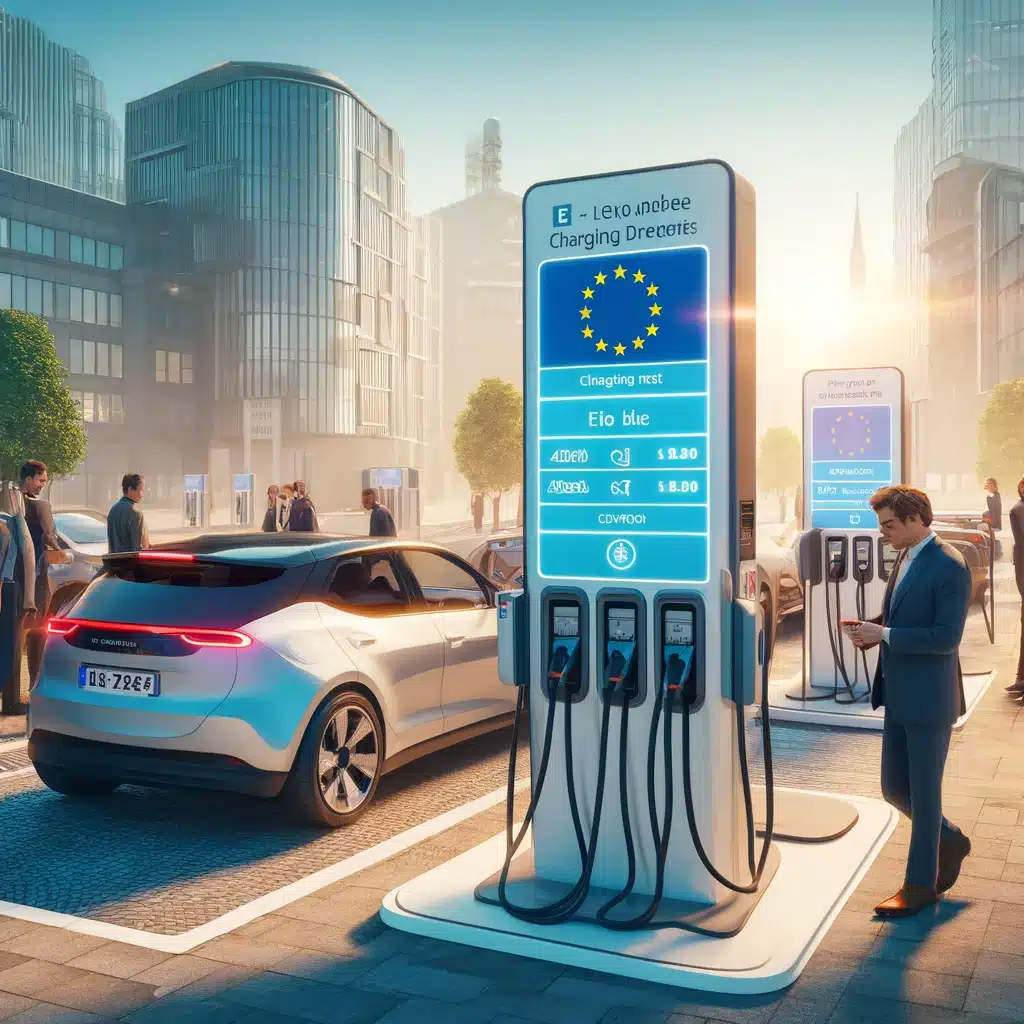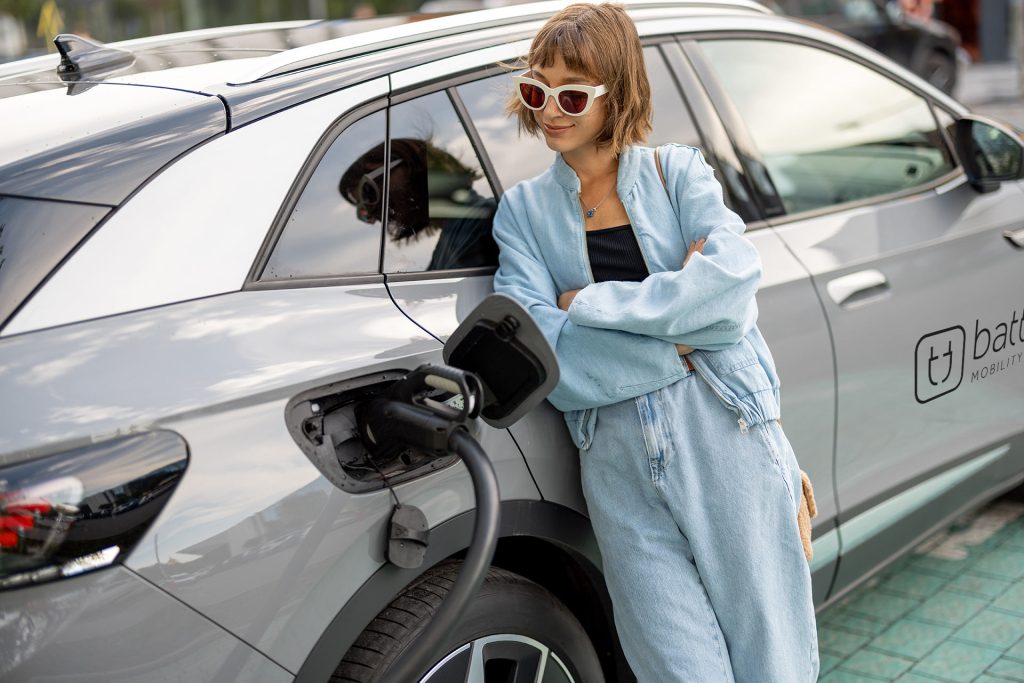From Saturday, April 13, the new European AFIR Directive will come into force, a milestone that will revolutionize the world of electric charging. The “Alternative Fuels Infrastructure Regulation” establishes that all new public charging stations will be required to display the charging rate and allow payments with bank cards, not just specific charging passes. By 2027, not only new but also existing charging points with a capacity of more than 50 kW must comply with these new rules.
The AFIR regulation seeks greater transparency in the pricing of new public charging points. This obligation includes showing charging costs per kWh and offering traditional payment methods, such as bank card or QR code payments, as an alternative to charging cards or apps. Previously, it was difficult to know the exact charging cost in advance without a subscription with the charging station operator. This lack of transparency has hindered the adoption of electric vehicles, a barrier that is now being removed (in part).
DC fast charging points from 50kW onwards
The new regulations apply to all newly installed public charging stations. At DC fast charge points with a capacity of at least 50 kW, sessions must now be possible via payment terminals and bank card readers, rather than exclusively via charge cards. At AC and DC charging points with less than 50 kW of power, “ad hoc” payment without a subscription or dedicated charging card should become possible, including payment via QR codes or apps.
To avoid unexpected charges, all components of the pricing structure should be clearly stated before the charging session begins, including any per-minute price, starting rate and other charges in addition to the charge per kWh.
The obligations apply to public charging stations on both public and private property, such as public parking lots or supermarket parking lots. Existing charge points with a capacity greater than 50 kW have until Jan. 1, 2027, to adapt to the new rules, while the obligation for lower-power charge points applies to newly installed points from April 13, 2024.
This regulation will have a positive impact on the transparency and user-friendliness of public charging infrastructure, contributing to the further acceptance of electric driving within the EU.
In summary, the following changes:
- Transparent charging costs: New public charging stations must indicate the charging rate per kWh, allowing users to see in advance the cost of their charging sessions.
- More payment options: Users can now pay with a bank card or QR code, in addition to the usual charge card or app, providing more flexibility and convenience.
- Access without subscription: For charge points with less than 50 kW of power, users can pay “ad hoc” without a subscription or specific charge card.
For BattMobility users, however, not much will change. With BattMobility, the charging cost is included in the mileage price and you always use the charging card located in the car.









